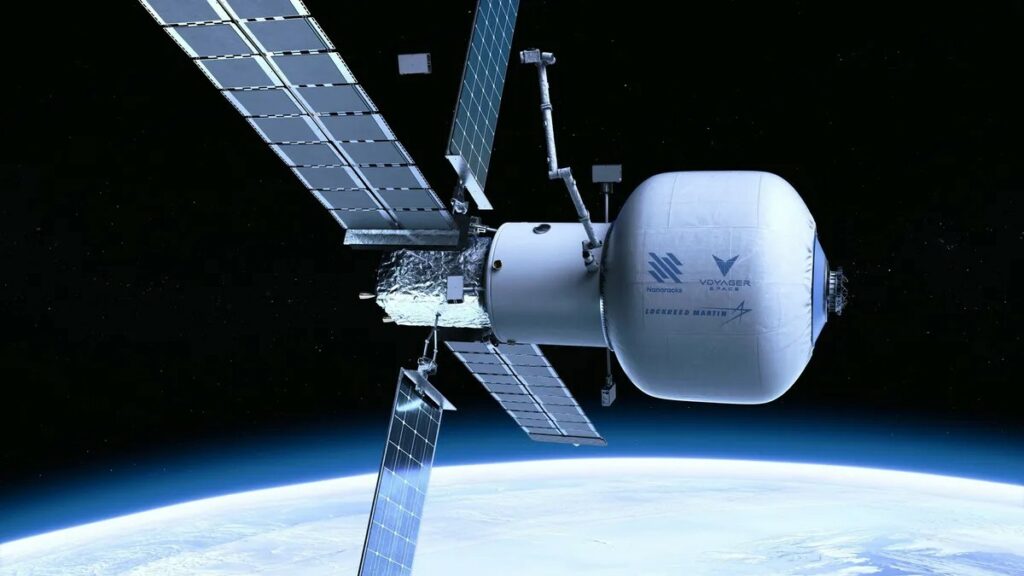Exploring a world away from Earth has played a major role in shaping the world. However, space exploration is reaching its late end as the International Space Station (ISS) is taking on decisions that will shape the space industry. Here are the top changes in the space station and the roles they will play in space exploration.
The Sporadic Rise in Lunar Gateway
The Lunar Gateway is a collaborative effort of multiple space agencies to facilitate the sustainable exploration of the moon. Beyond regular lunar missions, the lunar gateway also supports future explorations to Mars and allows for deep-space journeys into galaxies.
Likewise, the Gateway will serve as an extended support for space travel. It will allow astronauts to stop over for refueling and resupplying before advancing. Lunar Gateway also offers logistics services to private and public space organizations.
Commercialization of the International Space Station
The ISS is looking to open its shores to interested commercial businesses worldwide. Luckily, Axiom Space has taken the opportunity to develop their space station, which they will call the Axiom station. The ISS will serve as a temporary dependent to sustain the facility.
Upon completion, the space will detach from the ISS into a self-functioning station. It is projected that the Axiom station will be twice as large as the ISS and will be used for space research for interested private and public professional astronauts. The station is set to be completed by 2028.
NASA Plans to Develop Private Space Stations by 2030
The ISS director, Robyn Gatens, announced in a public panel discussion that NASA is set to develop new private stations in 2023. This initiative is projected to impact the space industry by offering services to scientists looking to conduct space research experiments.
The White House Office of Science and Technology Policy has also developed a foolproof strategy to ensure this goes smoothly. NASA plans to use the commercial marketplace to generate profit and maintain a strong presence.
Joint Commercialization of Orbital Reef Space Station
The Orbital Reef station is another private space station built around the low Earth orbit for tourism and commerce. It was designed to support a 10-crew team, and this was made possible by the joint efforts of other private space companies.
The Blue Origin station is responsible for the utility systems, while Sierra Space was solely responsible for the runway landings for spaceplanes. Boeing spacecraft took charge of space operations and engineering while Redwire Space worked on microgravity research.
Privatization of Starlab Space Station
The Starlab space station will be privatized as it plans to be fully run by private companies. The associated private space companies include Voyager Space, Lockheed Martin, and NanoRacks. The space station will have an inflatable habitat projected to be 340 cubic meters.
It features state-of-the-art facilities, which include a 60kW power and propulsion element, a laboratory, and a robotic servicing system. It will be launched in 2927 and will comfortably sustain four people simultaneously. It will offer services to public and private space companies for a fee.







